Request A Quote
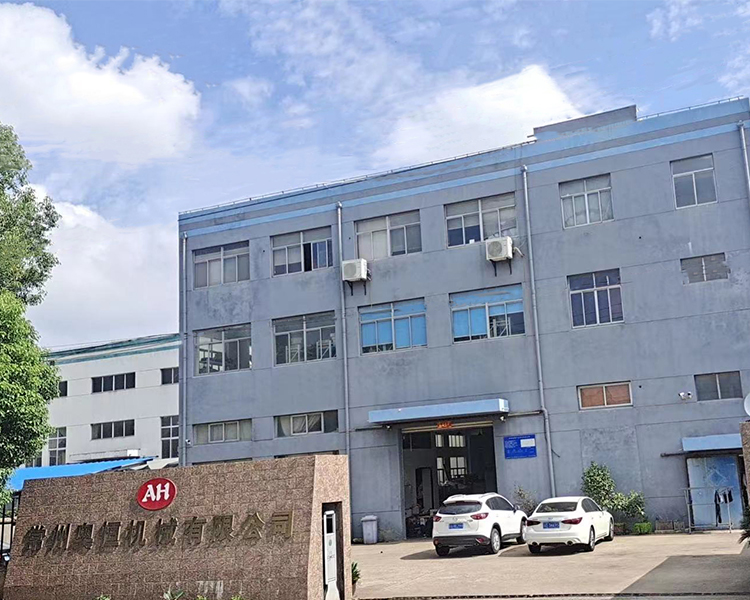
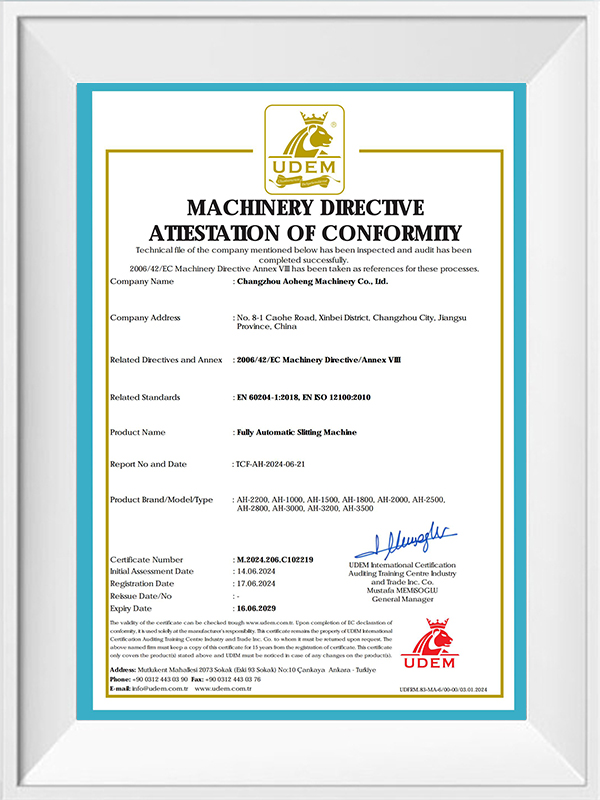
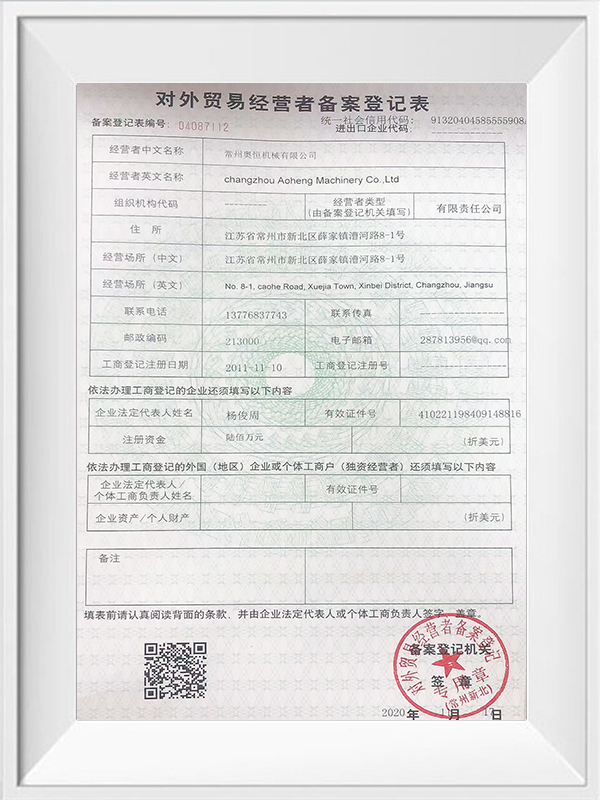
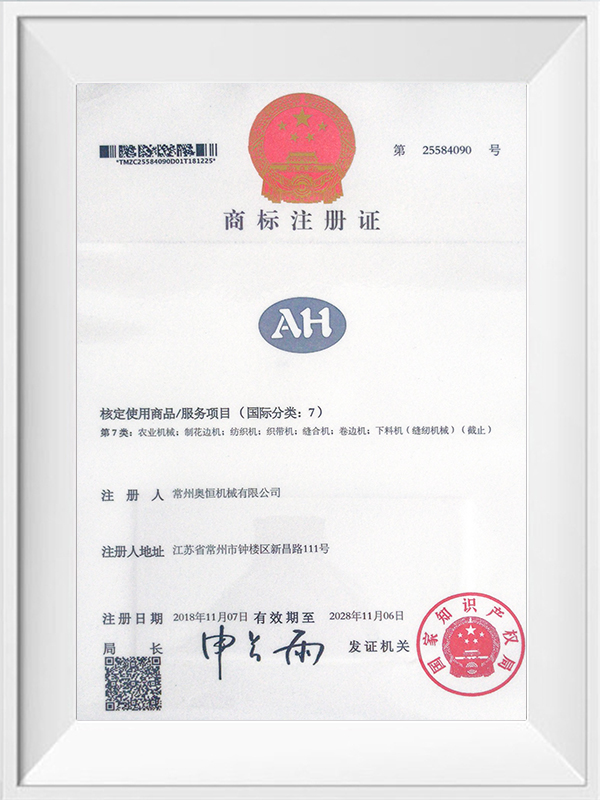
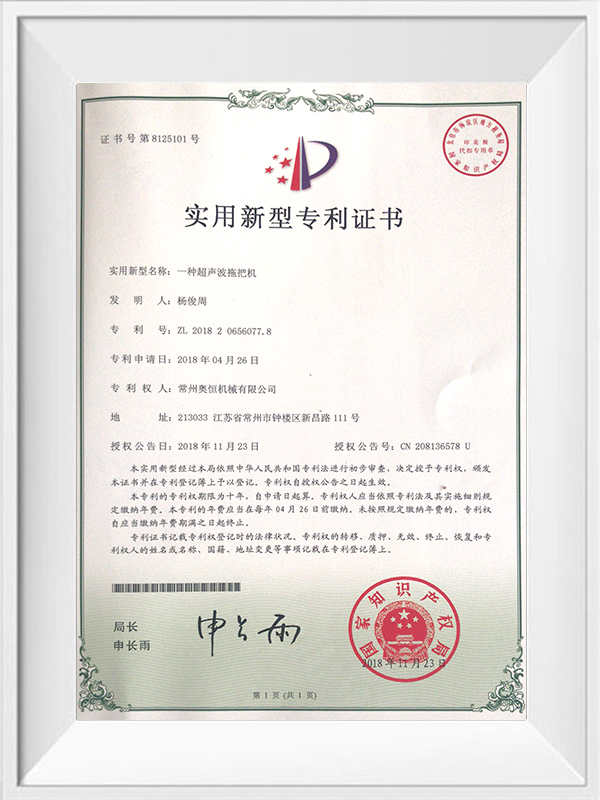
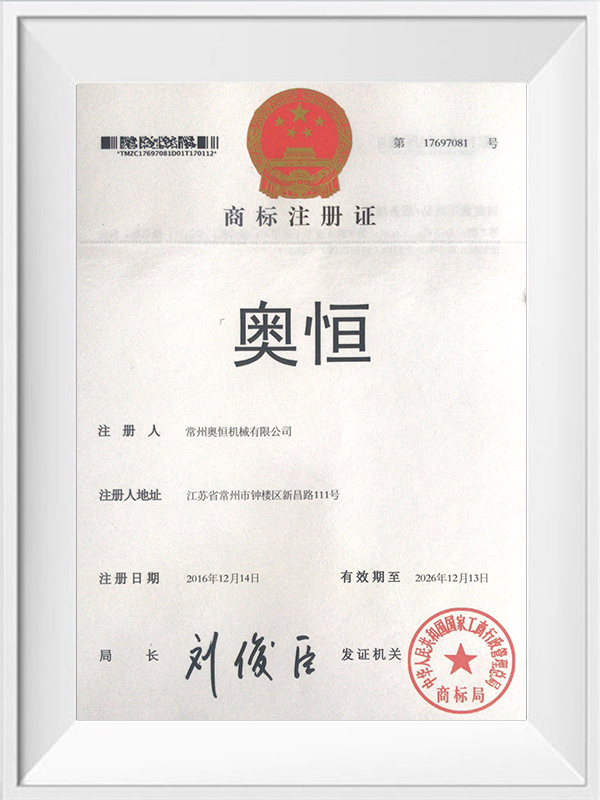
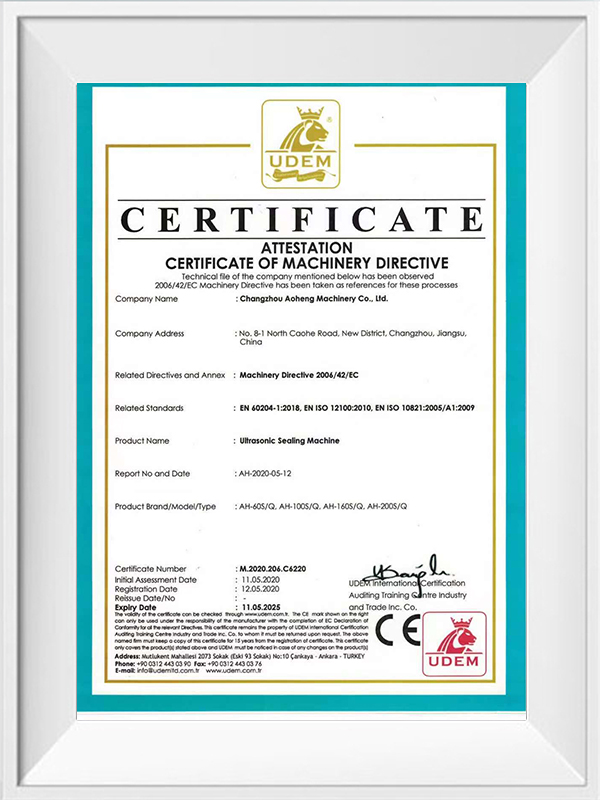
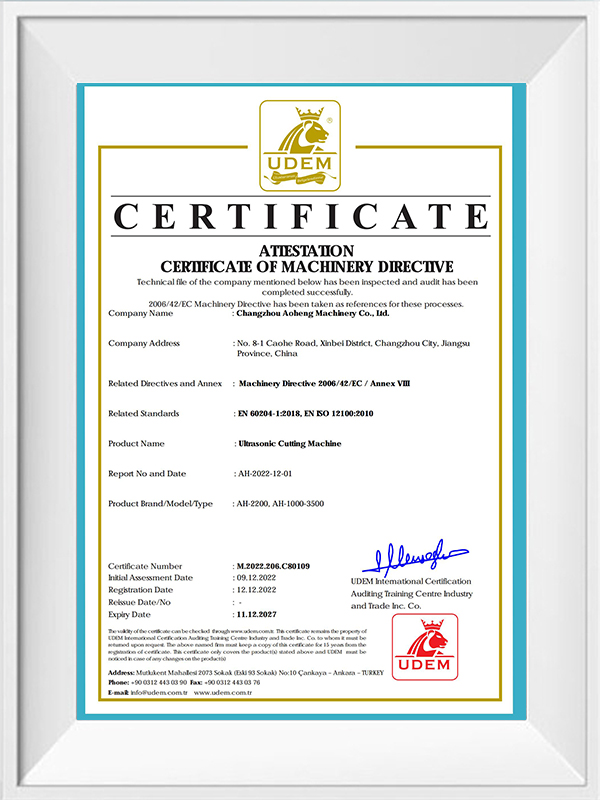
Choosing a reliable nonwoven cutting machine is crucial for manufacturers seeking consistent quality, efficiency, and reduced material waste. Understanding the top features to consider can help operat...
View MoreOverview of Slitting Methods for Fabric Roll Slitting Machines Fabric roll slitting is a core process in textile finishing and converting, where wide parent rolls are separated into narrower rolls wit...
View MoreThe Rise of Automated Textile Cutting Machines In the fast-paced world of textile manufacturing, efficiency and precision are crucial for staying competitive. Automated textile cutting machines have b...
View MoreHow to Maintain and Troubleshoot an Ultrasonic Laminating Machine
Regular Cleaning: Dust and debris can interfere with the machine’s ultrasonic vibrations. Be sure to clean the transducers and welding heads frequently using a soft, lint-free cloth. Avoid using water or harsh chemicals that could damage sensitive components.
Inspect Parts for Wear: Regularly check the machine’s roller molds and transducer for any signs of wear or damage. If these parts are worn out, they can affect the quality of laminating. Replacing them as needed ensures your products maintain high quality.
Lubrication: While ultrasonic machines don’t require as much lubrication as traditional sewing machines, certain moving parts, like rollers or feeding systems, may need periodic lubrication. Be sure to follow manufacturer recommendations for the correct lubricant.
Monitor Ultrasonic Generator Output: Keep an eye on the ultrasonic generator’s performance. Irregular output can signal issues with the transducer or generator itself. If you notice a drop in performance, stop the machine and investigate the source.
Common Troubleshooting Issues:
Inconsistent Welds: If your laminating results are uneven, this could be due to incorrect alignment or uneven pressure distribution. Check the pressure settings and realign the materials.
Machine Overheating: Overheating can occur if the machine runs continuously without proper breaks or ventilation. Ensure that the machine operates in a well-ventilated space, and give it periodic rest during extended use.
No Vibrations: If your machine isn’t vibrating, the issue could lie with the ultrasonic generator or transducer. Double-check all power connections and settings. If the problem persists, the transducer may need replacing.
At AOHENG, we prioritize durability and user-friendly design. Our ultrasonic laminating machines come equipped with advanced diagnostics systems that make troubleshooting a breeze, allowing operators to quickly identify and resolve issues. Plus, with a more intuitive setup and minimal maintenance requirements, our machines ensure that you spend more time producing and less time worrying about repairs.
Ultrasonic Laminating Machine Calibration: Best Practices
Calibration is an essential part of maintaining your ultrasonic laminating machine's precision and ensuring top-quality results. Proper calibration not only helps the machine perform at its best but also reduces material waste and prevents production delays.
Best Practices for Calibration:
Check Frequency Settings: Ultrasonic laminating machines operate at high frequencies, usually in the range of 20-40 kHz. Before every production run, verify that the machine is set to the correct frequency for the materials you are working with. Incorrect settings can lead to poor bonding and uneven laminating.
Pressure Adjustment: The pressure applied during laminating is critical to achieving uniform results. Regularly check the pressure levels to ensure they’re consistent with the material thickness and bonding requirements. Too much or too little pressure can affect the weld strength or even cause material damage.
Material Alignment: The key to effective ultrasonic welding lies in precision. Make sure your materials are perfectly aligned to prevent misaligned welds. Calibration of the feeding system, including roller alignment and the infrared automatic edge alignment system, ensures a stable and seamless production flow.
Test Runs: Always conduct test runs before full-scale production. This helps to verify that all calibration settings—frequency, pressure, and alignment—are accurate and will produce the desired results. Any necessary adjustments should be made during this phase to avoid issues down the line.
At AOHENG, our ultrasonic laminating machines come equipped with advanced calibration systems that allow for easy adjustments and accurate setup. We’ve designed our machines with user-friendly interfaces that simplify the calibration process, helping you get the machine up and running faster with fewer errors. With AOHENG machines, you also benefit from precision-engineered components that require fewer recalibrations, meaning more uptime and higher efficiency.